Present Continuous (Present Progressive)
Present Continuous: Uses

Present Continuous: Uses
The present continuous tense (also called present progressive) is used for:
-
Actions happening right now
-
Activities or projects that are in progress
-
Temporary events or situations
-
Future plans
-
Actions happening right now
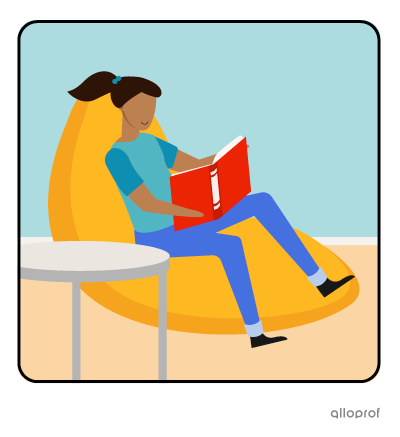
Right now, Sarah is devouring the last chapter of a very interesting novel.
-
Activities or projects in progress

She is reading lots of books at the same time. She doesn’t always finish them.
-
Temporary events or situations

She is reading all day during the holidays, much more than she usually does.
-
Future plans

Tomorrow, she is buying the sequel of her favourite novel at the local bookstore.
Tips
Present Continuous Keywords
Some keywords and phrases are used to signal the present continuous.
|
|
|
|
Present Continuous: Affirmative Form
Rule
Points to remember when forming affirmative sentences

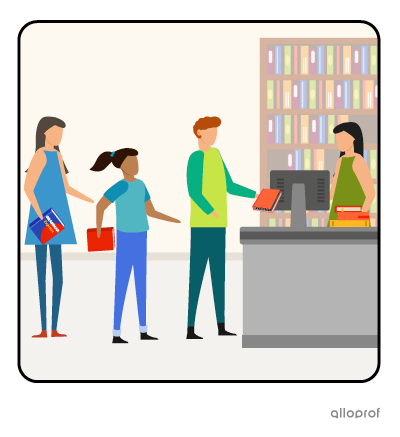
Sarah is standing in line to pay.
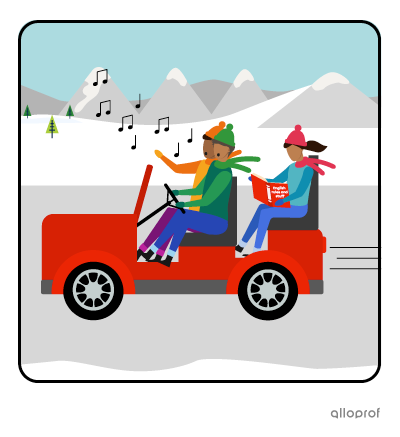
Her parents are singing loudly in the car while she is trying to read.
Present Continuous: Negative Form
Rule
Points to remember when forming negative sentences in the present continuous

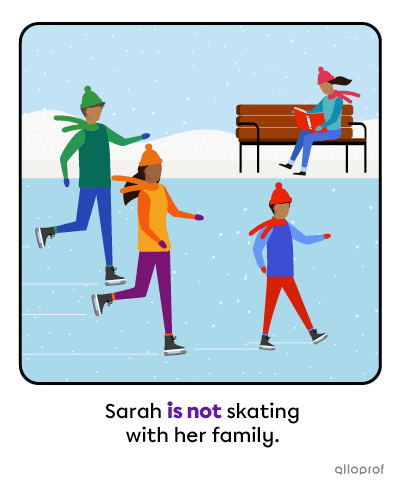
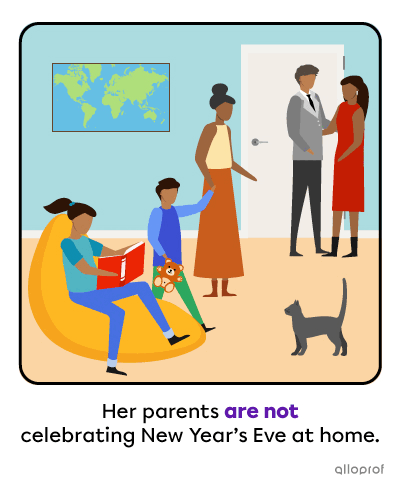
The negative is often used with contractions.
Present Continuous: Question Form
Yes/No Questions
-
answered by yes or no
Information Questions
-
answered with information
-
never answered by yes or no
-
use question words
Rule
Points to remember when forming questions in the present continuous:
-
Start with the auxiliary verb to be (am/are/is).
-
Use the base form of the verb + ing.
For information questions only: -
Place a question word at the beginning.

- Yes/no questions
|
To be |
subject |
verb + ing |
object* ? |
|---|---|---|---|
|
Are |
you |
working |
at the moment? |
|
Is |
he |
playing |
in the snow right now? |
- Information questions
|
Question word |
to be |
subject |
verb + ing |
object* ? |
|---|---|---|---|---|
|
Where |
are |
they |
going? |
|
|
When |
is |
she |
coming |
back home? |
*The object is used only when necessary.
















































